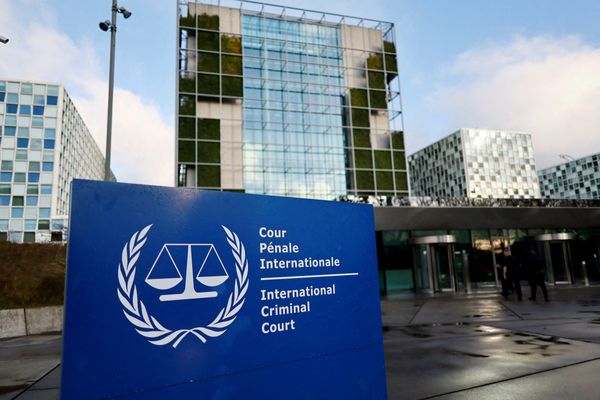
Despite taking considerable flak for floating the policy, Tourism and Sport Minister Phiphat Ratchakitprakarn has made it clear the Thailand Tourism Fee will be levied from September.
After airlines and hotels refused to help collect the fee, the ministry said it is considering outsourcing the service via online applications, websites and kiosks. Foreign tourists who fly into the kingdom will have to cough up 300 baht, while those who do so by land or sea must pay 150 baht. One-day travellers will be exempt.
The new entry fee is expected to generate 3.9 billion baht in revenue for the ministry this year. Some 60-70% will be earmarked to develop tourism destinations and new infrastructure, such as designs for public services to create more accessibility, bathrooms and skywalks. The rest will reportedly go to covering medical expenses. From 2017-2019, the government needed to subsidise medical treatment for foreign tourists in state hospitals to the tune of about 400 million baht.
Dubbed the "Kha Yeap Pan Din" fee, it is not an entirely new idea. Thai policy makers have been trying to push it since 2019. About 40 countries charge similar charges to foreign travellers. Japan has its Sayonara Tax, while foreign tourists arriving in Bali, Indonesia are charged a US$10 (360 baht) local development tax. France has its Taxe de Sejour, which effectively charges every adult tourist $5.71 per day, while the different US states charge varying occupancy tax rates for each hotel booking. Bhutan takes the cake, charging foreigners $200 per person per day to visit the country.
Unlike other nations, the "Kha Yeap Pan Din" will allocate 50 baht to buy medical insurance for each tourist.
While the policy certainly has merit, the challenge will be managing the fund in a transparent manner and ensuring it isn't squandered on graft-riddled projects.
Corruption is rife in Thailand and many tourism development projects, especially related to landscape redevelopment, have been overspent on sites that are rarely used and end up being run down. Politicians have also pledged to allocate cash to local communities to develop their respective tourism infrastructure.
Yet questions have arisen about the transparency and efficiency of many of these projects.
For example, the State Audit Office (SAO) in 2020 found that several provinces in the North had squandered their tourism development budget. One 18-seat electric tram project in Sri Don Chai district in Chiang Rai province that cost 980,000 baht was left in a state of disrepair. A tourist centre in the same area was left unused due to a lack of running water and electricity.
Lavish landscape projects are arguably the biggest culprit. Five sculptures of sea animals at Panare Beach in a remote fishing hamlet in Pattani cost a whopping 4.6 million baht, much to the disgust of impoverished locals.
To make sure the new fund is handled transparently, budget spending must be overseen by a national committee led by private tourism operators, local communities and governments. Any medical claims must also be verified.
Thailand's tourism sector needs a shot in the arm -- not only with new infrastructure but also the upskilling of local guides and communities to help them overcome language and cultural barriers.
We can but hope that the much-awaited tourism fund will not metamorphose into more money banks that politicians use to fund their populist policies.







